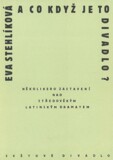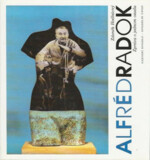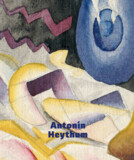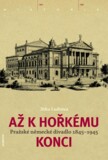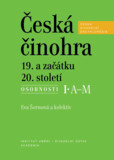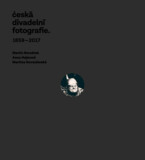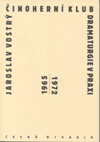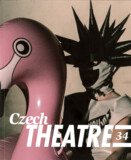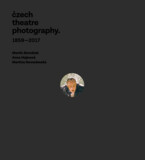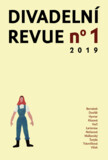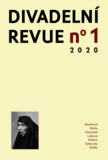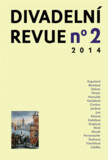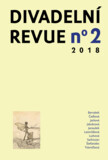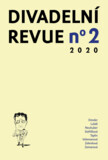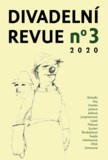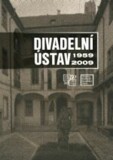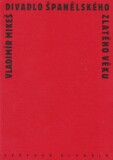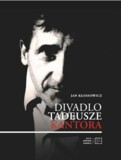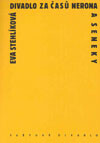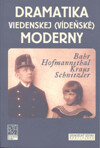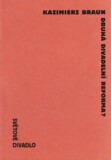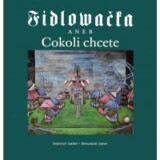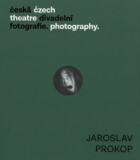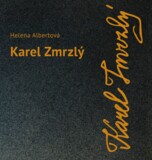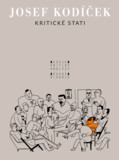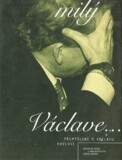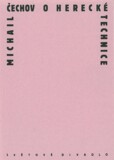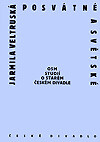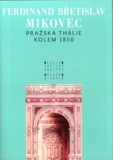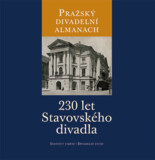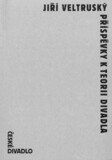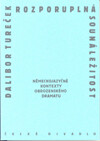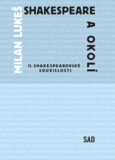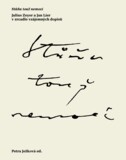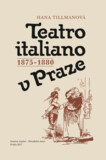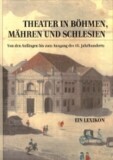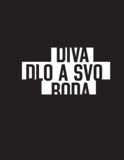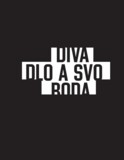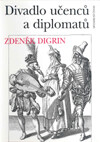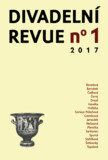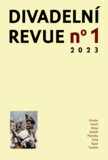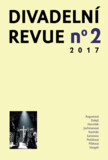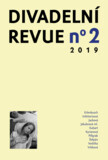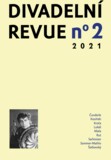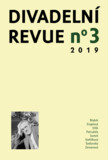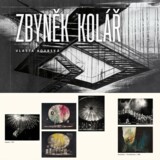This monograph on the artistic legacy of one of the most important Czech stage designers of the second half of the 20th century, Zbyněk Kolář, traces his lifetime of work, during which he created almost four hundred productions, mainly for large theatre stages. The book is almost three hundred pages long, with a rich pictorial appendix containing around 340 pieces of scenic designs, photographs from productions and specific pictorial scripts, thanks to which the development, transformations and technical details of a scene during a production can be followed in detail. The book covers the various stages of Kolář's work and contains a complete list of his productions. Zbyněk Kolář began his theatrical career at the Slovak National Theatre in Bratislava, when his scenes were most marked by a poetic or even a kind of impressive vision of space, probably based on his training as a painter at the Academy of Arts and Crafts in the studio of Alois Fišárek. In this first phase, some of the most significant productions were Faust and Marguerite (1956), The Bloody Trial (1957), Romeo and Juliet (1957), and Péleas and Mélisande (1958). In 1960 he began working at the Czechoslovak Army Theatre (later the Vinohrady Theatre). Here, together with director Jaroslav Dudek, they mainly staged productions of contemporary authors, and together they created more than sixty joint productions. Among the most notable productions of the early 1960s were War with the Newts (1963), Julius Caesar (1963), The Castle (1964), The Visit of the Old Lady (1964) and August, August, August (1967). All of them became legendary both in terms of a completely new dramaturgy, based on the easing of the political atmosphere in the country, and precisely in terms of the new role of stage design. Also unforgettable were the stage designs for Ján Cikker's contemporary operas Resurrection (1962) and Mister Scrooge (1963), Václav Kašlík's Krakatit (1966) and Bohuslav Martinů's Greek Passion (1967). In these operas the stage design was by Z. Kolář's set design was so distinctive and original that it was a success not only in Czech and foreign theatres, but also, with its sophisticated symbolist level, one of the most important European opera set designs of the second half of the 1960s. Zbyněk Kolář became a sought-after stage designer abroad during the 1960s, working mainly for theatres in German-speaking countries with directors Václav Kašlík, František Miška, Jaroslav Dudek, Václav Hudeček, Karel Jernek and the famous Leopold Lindtberg.

